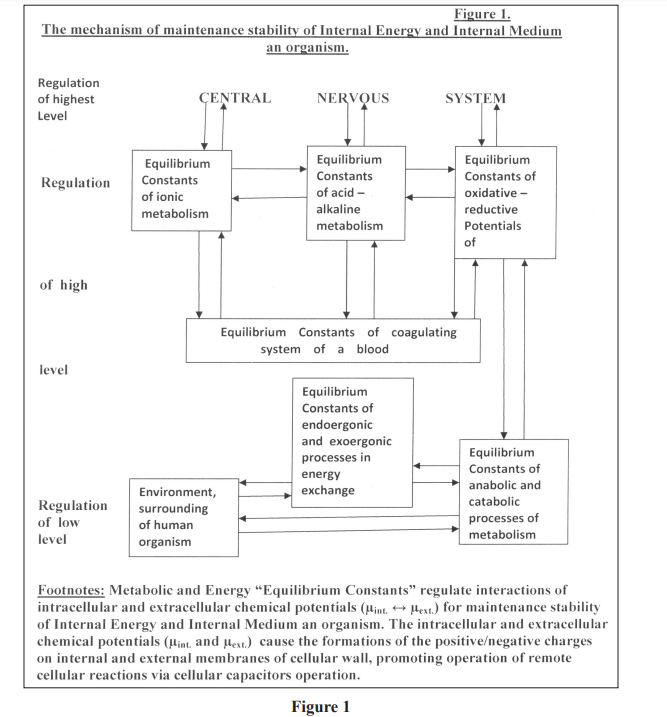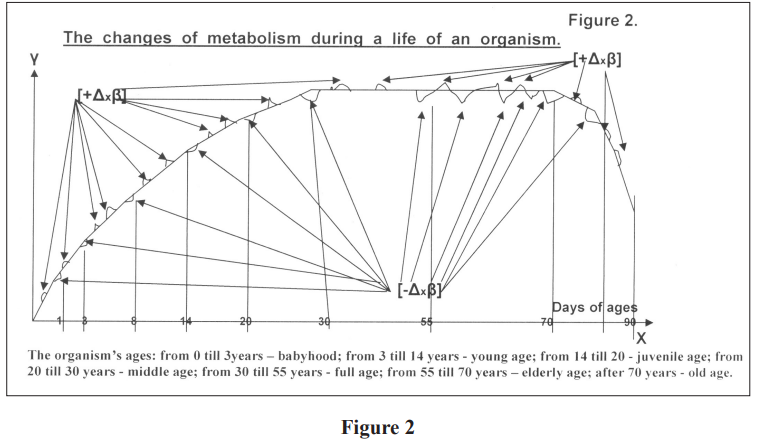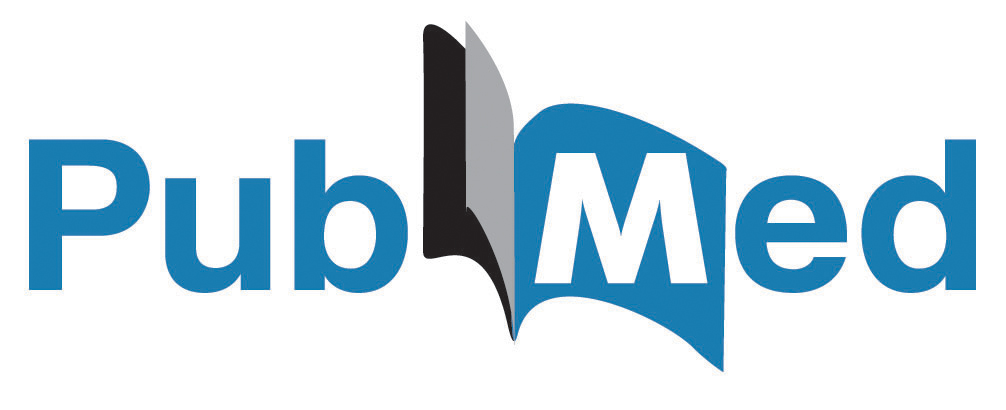Author(s): Niema Benkhraba, Oussama Elamraoui, Mohamed Ali Gliti*, Razika Bencheikh, Mohamed Anas Benbouzid and Leila Essakalli Houssyni
Despite the improvement in survival of pediatric patients with rhabdomyosarcoma, the outcome of patients with sinonasal rhabdomyosarcoma is poor and has not significantly changed. We report the case of a 22-year-old patient diagnosed with sinonasal rhabdomyosarcoma, with determining the prognostic factors and the therapeutic measures.
Rhabdomyosarcomas are rare soft-tissue malignancies that arise from myogenic cells and most commonly occur in the pediatric population. Although it is the most common soft tissue malignancy in children, the incidence of rhabdomyosarcoma is only 0.4414 per 100,000 children per year. Despite this low incidence, the head and neck region is one of the most commonly affected sites, accounting for nearly one-third of the cases [1-3]. In patients with head and neck rhabdomyosarcoma, over two-thirds occur in patients younger than 20 years of age [4].
In the head and neck, parameningeal rhabdomyosarcoma carries a significantly worse prognosis compared to the orbit or nonparameningeal subsites and has a propensity for skullbase infiltration and intracranial involvement. Locations for parameningeal rhabdomyosarcoma include the paranasal sinuses, nasal cavity, nasopharynx, infratemporal fossa, pterygopalatine fossa, middle ear, and mastoid [5].
Five-year survival decreases from nearly 85% for patients with orbital rhabdomyosarcoma to 50% for those with the parameningeal tumors [4].
Over the last 40 years, the Intergroup Rhabdomyosarcoma Study Group (IRSG) has conducted considerable research into optimal treatment regimens for pediatric patients with rhabdomyosarcoma that include chemotherapy, radiation therapy, and surgery. With multimodality treatment, overall survival for patients with any type of rhabdomyosarcoma has improved from 55% to 71% over the study period from 1972 to 1997 [6].
Despite the improvement in overall survival of pediatric patients with rhabdomyosarcoma, few institutions have extensive treatment experience with parameningeal rhabdomyosarcoma in children and adults due to the rarity of these tumors. A recent retrospective review of the Surveillance, Epidemiology, and End Results (SEER) database did not shown an improvement in survival over the study period of 1973 to 2007 [4].
We report the case of a young patient with parameningeal rhabdomyosarcoma that involved the sinonasal region.
This is a 22-year-old patient, with no particular ATCDs, who had presented for 6 months unilateral left nasal obstruction associated with purulent rhinorrhea and pain in the left hemiface complicated by left exophthalmos with decrease in visual acuity. Nasal endoscopy finds a tissue process filling the entire left nasal cavity, not bleeding on contact, extending to the cavum and the right nasal cavity. The rest of the examination finds left exophthalmos with ptosis and limitation of eye movements. There is also an infiltration of the hard palate. The CT scan finds a tissue lesion centered on the ethmoid with an attack straddling the median line at the level of the anterior and posterior ethmoidal cells accompanied by lysis of the roof of the ethmoid evaluated practically at 30*25*20mm accompanied by an anterior and posterior ethmoidal filling as well as frontal sinuses evoking an attack of tumoral origin (esthesio neuroblastoma or adenocarcinoma). It is associated with an adenopathy of 11mm at the level of the chain 2b.
MRI in favor of a locally advanced naso-sinus tissue process with intracranial extension, bilateral endo-orbital, nasopharyngeal, palatine and of the left infra-temporal fossa, associated with latero-cervical adenopathies bilaterally (Figure 1). A biopsy was performed, the morphological aspect in favor of a tumor proliferation little differentiated probably an esthesioneuroblastoma. The immunohistochemical aspect in favor of an alveolar rhabdomyosarcoma. The patient underwent radio-chemotherapy with a marked reduction in size of the left naso-ethmoidal tumor process with persistence of extra-conical orbital invasion, of the pterygopalatine fossa, and of the pachymeninge (Figure 2).

Figure 1: Sinonasal MRI: Process centered on the nasal fossae, with irregular contours, in hyposignal T1, and heterogeneous intermediate signal T2, enhancing in a heterogeneous way after injection. It measures approximately: 93*49*92mm

Figure 2: MRI performed after chemotherapy and radiation:reduction in volume of the tumoral process centered on the left ethmoid, in T2 hypersignal, T1 hyposignal, heterogeneously enhanced after injection measuring approximately 30*35mm. With regression of orbital and endocranial invasions
Parameningeal rhabdomyosarcoma is a rare malignancy with a historically poor response to treatment. Because of the low incidence, there is limited experience with the disease by single institutions and a need for reporting on the prognostic factors and treatment outcomes. Despite the improvement in relative survival for patients with all types of rhabdomyosarcoma, as reported by the IRSG, the 5-year survival for parameningeal tumors remains about 50% and does not appear to be significantly changing [2,4].
Turner and Richmon4 recently published a retrospective review of head and neck rhabdomyosarcoma that included 248 patients with parameningeal tumors from the SEER database, and the 5-year relative survival was 49.1%. The survival rate did not significantly change over the study period of 1973 to 2007 [4].
Alveolar rhabdomyosarcomas are less common than the other histological subtypes in younger patients. Bisogno et al. Analyzed pediatric patients with rhabdomyosarcoma of any location and found that adolescents 15 years of age and older were more likely to have alveolar tumors compared to children younger than 15 years (47.4% vs. 32.6%). Additionally, the adolescents had poorer overall survival (57.2% vs. 68.9%) [9,10]. In the study of Christopher et al., specific to sinonasal rhabdomyosarcoma, adults not only had poorer outcomes, but were also more likely to have the alveolar subtype. Only 1 of the 9 patients younger than 18 year (11%) had a tumor of the alveolar subtype, and she was 17 years old at diagnosis. In contrast, 4 of the 7 adults (57%) had alveolar rhabdomyosarcoma.
In addition to being more prevalent in adults, the alveolar subtype appears more aggressive at presentation and had increased risk for metastases. Determining regional metastasis (Nx) in alveolar tumors has previously been shown to confer a significantly worse survival [11]. Three of the 5 patients (60%) with the alveolar subtype presented with disease in the cervical lymphatics, including 2 (40%) also with distant metastases to the humerus or abdomen and retroperitoneum. Additionally, 1 more patient who was initially staged N0 developed regional recurrence after primary treatment. This aggressive clinical course was not as apparent in embryonal or botryoid rhabdomyosarcoma. Only 3 of the other 11 patients (27%) without the alveolar subtype presented with regional neck disease, and only a single patient (9%) presented with distant metastases to the lungs.
Treatment for rhabdomyosarcoma can include different combinations of surgery, chemotherapy, and radiation. Surgery alone at the primary site may be sufficient if negative margins can be obtained without causing significant morbidity [6-8]. However, for tumors near the skull base, definitive diagnosis is often made late in the disease process, since clinical presentation can be subtle and tumors are already locally invasive or have developed metastases; thus, obtaining negative margins may be difficult [9]. Although the number of cases is small, the studies suggest that surgery has an important role in parameningeal rhabdomyosarcoma after chemoradiation therapy for improving outcomes of primary disease after tumor shrinkage.
Although parameningeal rhabdomyosarcomas located in or involving the sinonasal region are unfavorable tumors. Close coordination between head and neck surgeons, medical oncologists, and radiation oncologists is critical to improve the treatment outcomes in these patients with alveolar rhabdomyosarcoma.
